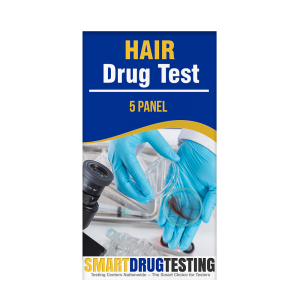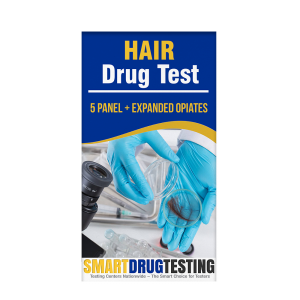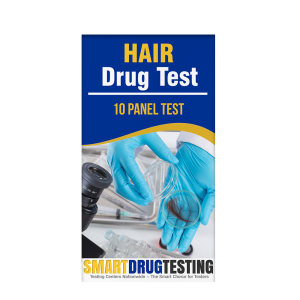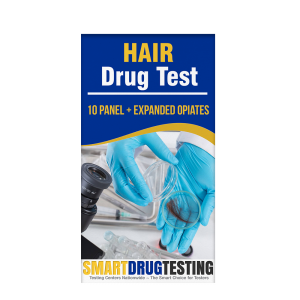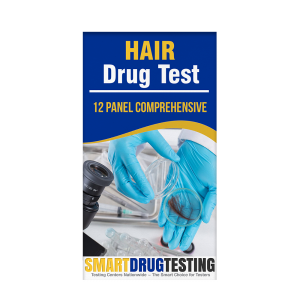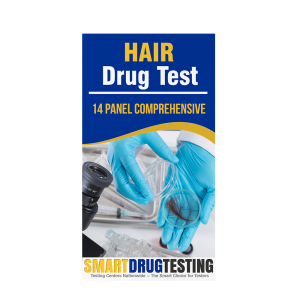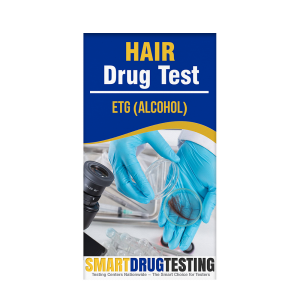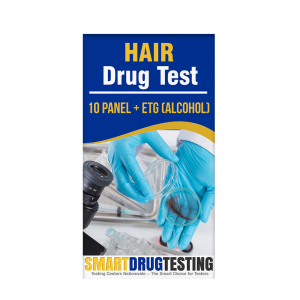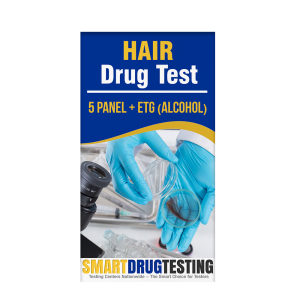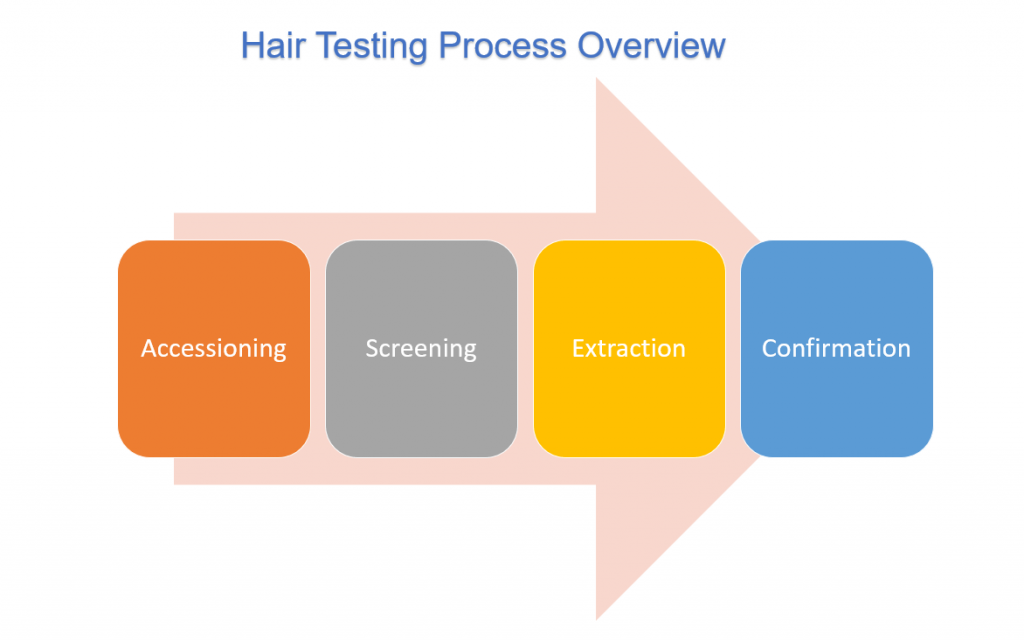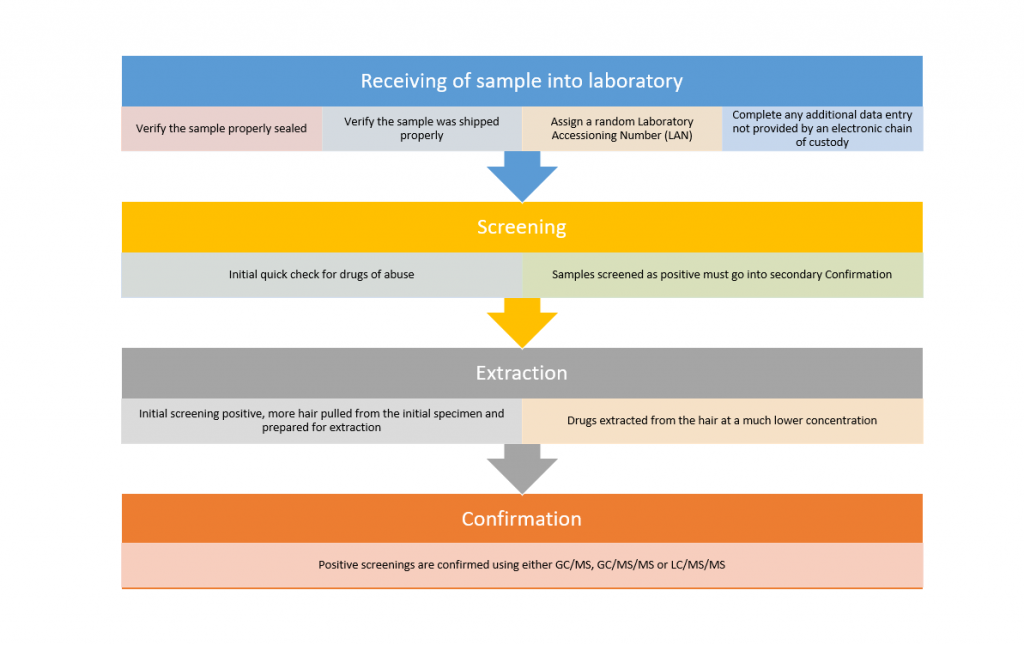Hair Drug Testing Guayama, PR

Schedule your hair drug test at our Guayama, PR drug testing centers. Employment, court ordered. Same day service. Call us today (800) 977-8664 or schedule online. Smart Drug Testing provides Guayama Puerto Rico hair drug testing with a detection period up to 90 days. Our Guayama Puerto Rico testing centers are within minutes of your home or office.
Have questions? We can help! Getting a hair drug test can be quite intimidating. We can answer all your questions. In recent years, the method to conduct drug testing has more frequently included a hair drug test. Many employers, courts and Substance Abuse Professionals are requiring a hair drug test instead of a standard urine test.
Schedule Your Hair Drug Test Today
-
Hair Follicle Drug Tests
5 Panel Hair Follicle
Standard 5 Panel Hair Follicle Drug Test.
$139.99 Order Now -
Hair Follicle Drug Tests
5 Panel Hair Follicle + Exp. Opiates
Standard 5 Panel Hair Follicle Drug Test with Expanded Opiate testing.
$189.99 Order Now -
Hair Follicle Drug Tests
10 Panel Hair Follicle Drug Test
Standard 10 Panel Hair Follicle Drug Test.
$239.99 Order Now -
Hair Follicle Drug Tests
10 Panel Hair + Exp. Opiates
Standard 10 Panel Hair Follicle Drug Test with Expanded Opiate Testing.
$289.99 Order Now -
Hair Follicle Drug Tests
12 Panel Hair (Comprehensive)
A 12 Panel Hair Follicle Drug Test including Expanded Opiate Testing.
$339.99 Order Now -
Hair Follicle Drug Tests
Hair Follicle ETG (Alcohol)
Hair ETG Test with 90 day detection period. (appointment may be required)
$349.99 Order Now -
Hair Follicle Drug Tests
10 Panel + ETG (Alcohol)
Standard 10 Panel Hair Follicle Drug Test with ETG Alcohol testing.
$499.99 Order Now -
Hair Follicle Drug Tests
5 Panel Hair + ETG Alcohol
Standard 5 Panel Hair Follicle Drug Test with Alcohol Testing included.
$399.99 Order Now
Hair drug tests are used by employers who have zero tolerance drug use policies, courts and individuals on probation. The primary advantage of a hair drug test is that it includes a much longer detection period for drug use which typically is up to 90 days. However, when screening for drug use within the last 5 days the urine test continues to be the most accurate test.
Hair drug testing is the only method available that provides up to a 90-day look back period for drug use. Data has shown that hair drug testing provides almost twice the number of positives because of its longer window of detection (look back period). If a donor has no hair on their body, then a hair test cannot be performed!
What is the Process for a Hair Drug Test?
FAQ's About Hair Drug Testing
What Drugs are Screened for in a Hair Test?
5 Panel Hair Follicle Drug Test
The 5-panel hair follicle drug test screens for the following
- Amphetamine
- Cocaine
- Marijuana
- Opiates
- Phencyclidine (PCP)
5 Panel w/ Expanded Opiates Hair Follicle Drug Test
The 5-panel w/ expanded Opiates hair drug test screens for the standard 5 drugs but will also screen for Opiate class drugs such as pain killers, which may indicate abuse of prescription drugs.
- Amphetamines (amphetamine, methamphetamine, MDMA, MDA)
- Cocaine (metabolite)
- Marijuana (THC)
- Phencyclidine (PCP)
- Opiates (Codeine Morphine Hydrocodone Heroin (6-monoacetylmorphine (6-AM)
- Expanded Opiates Hydrocodone Hydromorphone Oxycodone Oxymorphone
Introduction to Guayama
Guayama (Spanish: ), officially the Autonomous Municipality of Guayama (Spanish: Municipio Autónomo de Guayama) is a city and municipality on the Caribbean coast of Puerto Rico. As of the 2010 U.S. Census, the city had a population of 45,362. It is the center of the Guayama metropolitan area, which was home to 84,214 in 2010.
During the early years of the Spanish colonization, the region known today as Guayama was inhabited by Taíno Indians. The indigenous population in this area decreased due to slavery and migration to the Lesser Antilles. The following centuries, the region was under attack from the Taíno rebellion, Caribs and pirates. The town was founded on January 29, 1736 as San Antonio de Padua de Guayama by then Spanish Governor Matías de Abadía, although there is knowledge of it being populated by native Indians as early as 1567. Guayama took its name from an Indian leader, or cacique who governed the Southeastern region of the Island, the Guamaní cacique and the Guayama cacique. The meaning of the Indian name is "Great Place" (in Spanish Sitio Grande). It was Governor Don Tomás de Abadía who officially declared Guayama a "pueblo" (town) with the name of San Antonio de Padua de Guayama. That same year the Catholic Church in town, San Antonio de Padua, was declared a Parish. In 1776, Guayama had 200 houses, the church and a central plaza and the total population was approximately 5,000 villagers. Construction on Guayama's Parroquial church of San Antonio de Padua began in 1827 and was completed 40 years later. In 1828 the construction of the King's House (Casa del Rey) was completed and the church was rebuilt as well. Earlier that year, Guayama was hit by a terrible fire that destroyed 57 houses and 9 huts. Guayama territorial order was altered at different times through the years. Some of the most populated neighborhoods were segregated to form new towns. Patillas was established in 1811 as an independent municipality. In 1831, the territory comprised the neighborhoods: Algarrobos, Ancones, Arroyo, Carreras, Guayama Pueblo, Guamaní, Jobos, Machete, and Yaurel. Later, Arroyo was divided into Arroyo Este and Arroyo Oeste and neighborhoods emerged: Pozo Hondo, Palmas de Aguamanil, Caimital, Pitajayas, Cuatro Calles, Sabana Eneas, Palmas, and Salinas. The latter had been segregated from Coamo.
In 1855, Arroyo was separated to become an independent municipality, taking the neighborhoods: Ancones, Arroyo, Yaurel, Pitajaya, and Cuatro Calles. By 1878, Guayama was a department head including: Comerío (then Sabana del Palmar), Cidra, Cayey, Salinas, Arroyo, San Lorenzo (then called Hato Grande), Aguas Buenas, Caguas, Gurabo, and Juncos. The development continued with the construction of the town cemetery in 1844, the slaughterhouse and meat market in 1851, and a wooden theater of two levels in 1878. By then Guayama had fourteen sugar plantations operating with steam engines and three with ox mills. Also practiced in this municipality was the exploitation of lead mines by the company "La Estrella", owned by Miguel Planellas, as well as the mineral galena, by the company "La Rosita", owned by Antonio Aponte. In 1881, Guayama is declared a Villa (First Order Municipality).
We also offer 9, 12,14 and 17 panel hair tests. For more information on hair testing or to order a hair drug test in Guayama, PR, call Smart Drug Testing at 800-977-8664 or pick your test below.
Hair Drug Testing Locations in Guayama PR
(Don't see a location near you? Call us (800) 977-8664)

